Spring foraging with Richard Osmond and George Fredenham
Let me introduce these two likely lads: meet George Fredenham and Richard Osmond, and when it comes to finding food in the forest these guys are among the best.
George escaped city life to spend more time in the wild; bringing wild food to our dining tables and encouraging more and more people to get back out into the great outdoors. The founder of The Foragers George is a key player in the movement that is bringing back the resourceful, natural tradition of foraging.
It was Richard’s knowledge of British mushrooms that led him to join The Foragers. If you want to forage fungi then Richard is your man, and when he’s not hunting mushrooms you can find him designing wild cordials or blogging about all things foraged.
So, as the buds emerge and the birds begin to tweet, who better to lead us out into countryside to discover our edible landscape? Here are their five top foragables for spring.
1.Three-cornered leeks: Keep an eye out for these chivey, oniony, long and thin green leaves. Three cornered leeks are distinguished by their oniony smell and have a distinctive three-point shape in cross-section. Their waxy seeds are a little strange looking and are covered in galickly oil which makes them irresistible to ants, who then transport and distribute their seeds. If we foragers can gather enough we sometimes make a garlicky caviar from them.
2.Coltsfoot flowers: This plant is unusual in that the flower appears before the leaf. The chunky stem and flower bud can be picked about March-time. It looks almost like asparagus but has a wonderful melony, almost soapy taste. You can be fry or pickle this flower or just serve it raw. Don't eat too much though, as it's very mildly toxic to the liver.
3.Birch sap: In spring, as the weather begins to warm up, sap rushes to the tips of birch trees' branches. If you drill a hole in the tree and connect a tube, you can intercept the flow of sap and it’s possible to get as much as five litres a day. It's a very watery sap; too dilute to make syrup from really, but it tastes beautiful. We made it into beer last year.
4.Pine Pollen: This is a weird one, but we often use young pine flowers. Before they explode into a powdery mess of pollen, some species of pine flower take the form of juicy yellow buds, with a chewy texture and full of bright yellow juice. A cross between orange juice and pine nuts, these are really tasty, even if a bag of them looks like a pile of wasp abdomen!
5.Douglas Fir Tree: Another pine tree, the needles of the Douglas fir don't taste like pine-fresh air freshener. Rather, they have the sweet aroma of spiced blood orange, ginger and peppermint. In spring they are at their most zesty – almost lemony. At The Foragers we sell a syrup called Doug, made of these needles, and we've also popped it in desserts such as cheesecake topped with Douglas fir jelly.





